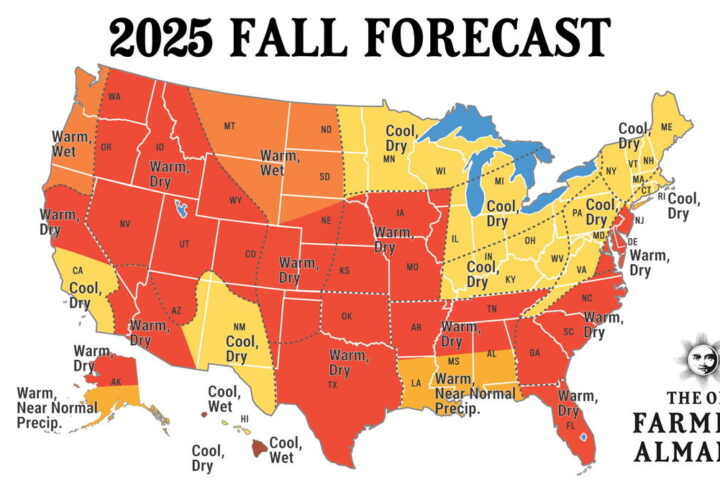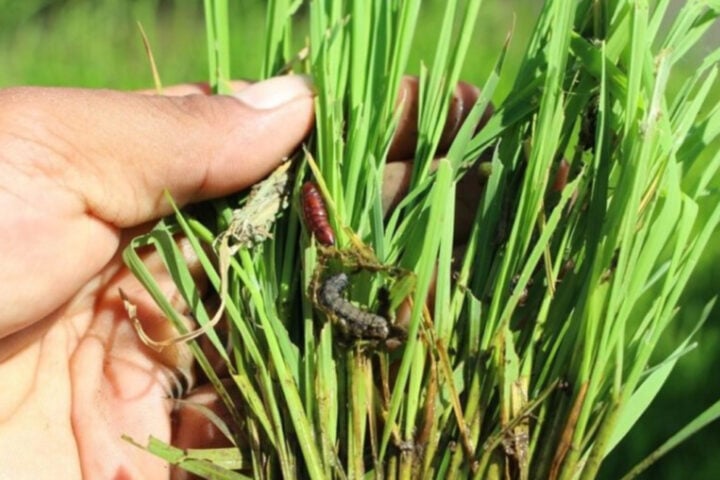A major lawsuit filed by the Center for Biological Diversity is taking the Environmental Protection Agency (EPA) to task over its handling of pesticides in America’s waterways. The legal action targets what critics call serious gaps in how the EPA regulates chemicals applied directly to lakes, rivers, and streams.
At the heart of the dispute is the EPA’s “pesticide general permit” under the Clean Water Act. This permit system is supposed to control how pesticides enter water bodies when used for controlling weeds, mosquitoes, and other purposes.
The lawsuit, filed in the U.S. Court of Appeals for the 9th Circuit, highlights a troubling assessment from two federal wildlife agencies. Both the U.S. Fish and Wildlife Service and National Marine Fisheries Service concluded the current permit system puts hundreds of endangered plants and animals at risk of extinction.
“The EPA’s pesticide general permit creates a virtual free-for-all where most pesticide users aren’t even required to identify the pesticide being used or where it’s being sprayed directly into lakes and streams,” said Allison LaPlante, a senior environmental health attorney at the Center for Biological Diversity.
A Failing System
The wildlife agencies’ reviews found serious flaws in the permit system. Perhaps most alarming is that approximately 97% of pesticide applicators can avoid basic requirements like meaningful reporting and monitoring. They’re not even required to use less harmful pesticides when alternatives exist.
The Fish and Wildlife Service noted this makes it “impossible for EPA to fully understand the scope and effects of those discharges, or whether these discharges are complying with” the permit.
This legal challenge is part of a larger pattern. Environmental groups have repeatedly sued the EPA over the years, arguing the agency fails to meet its obligations under both the Endangered Species Act and Clean Water Act regarding pesticide regulation.
Chemicals of Concern
Several types of pesticides commonly found in waterways pose serious threats to aquatic life:
Organophosphates like chlorpyrifos and malathion can cause neurological damage to fish and other animals.
Pyrethroids, synthetic insecticides, are highly toxic to aquatic invertebrates and fish even in tiny amounts.
Neonicotinoids, known for harming bees, also damage aquatic invertebrates when they wash into streams and rivers.
What many reports miss is that waterways rarely contain just one pesticide. Instead, fish and other organisms face a cocktail of chemicals that can be more toxic combined than individually. This “mixture toxicity” creates unpredictable and potentially more dangerous effects.
Impact on Wildlife and People
The harmful effects on aquatic life go beyond immediate fish kills. Pesticides can damage reproduction, disrupt hormones, and alter behaviors critical for survival like finding food or avoiding predators.
Species specifically mentioned in lawsuits include Pacific salmon, Atlantic sturgeon, northern bog turtles, and whooping cranes – all protected under federal law.
These chemicals also raise concerns about human health, as many communities rely on these same water bodies for drinking water. Removing certain pesticides from water supplies is technically challenging and expensive for treatment facilities.
The lawsuit aims to force the EPA to strengthen its oversight and ensure that pesticide applications to water don’t push already vulnerable species closer to extinction or compromise water quality.
Both the legal challenge and the wildlife agencies’ findings suggest current regulations fall far short of protecting America’s waters and the life they support. The Center for Biological Diversity argues that a complete overhaul of the permit system is needed to prevent “unchecked spraying of harmful poisons into waterways.”



















